I am new to the Groovy programming language and I am trying to fully understand the dynamic nature and capabilities it has. What I do know is that every class created in Groovy in its most basic form looks like this (implements GroovyObject and extending java Object).
public class Foo implements groovy.lang.GroovyObject extends java.lang.Object { }
Groovy object also contains a MetaClass that extends MetaObjectProtocol. It is this class hierarchy that provides some of Groovy's dynamic capabilities. This includes the ability to introspect itself (getProperties,getMethods) or intercept methods (invokeMethod,missingMethod).
I also understand the different types of meta programming available in Groovy. These give you the ability to add or override functionality at runtime or compile time.
- Runtime
- Categories
- Expando / MetaClass / ExpandoMetaClass
- Compile Time
- AST Transformations
- Extension Module
Now that have some of that out of the way we can get to the meat of this question. When someone or a book refers to the "Metaobject Protocol" in Groovy are we talking about a specific class or a collection of things. I have hard time grasping something that isn't defined or set in stone. One of my books defined it as
A protocol is a collection of rules and formats. The Meta-Object-Protocol (MOP) is the collection of rules of how a request for a method call is handled by the Groovy runtime system and how to control the intermediate layer. The "format" of the protocol is defined by the respective APIs,
I also have Venkat's Programming Groovy 2 book and in it there is a diagram that defines this method lookup process. So I am guessing this is the rules of how we request a method (at least a POGO, I understand a POJO is different).

Anyways I think I am going down the right path but I feel like I am still missing that "ahhhaa" moment. Can anyone fill me in on what I am missing? Or at the very least tell me my ramblings here made some sort of sense :) Thank you!!